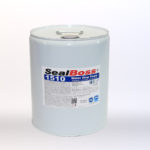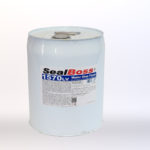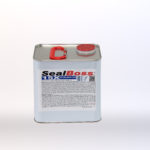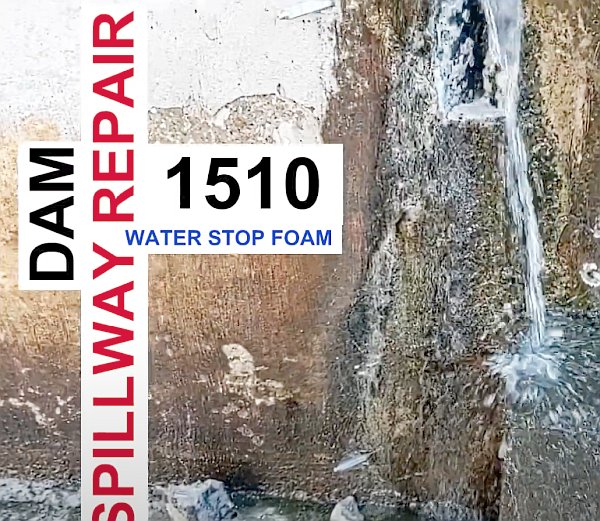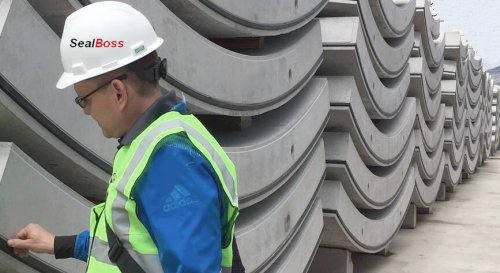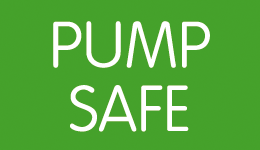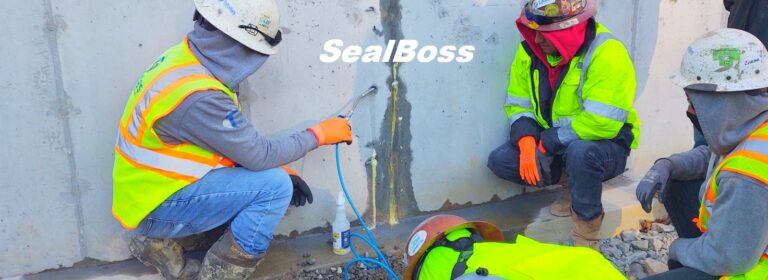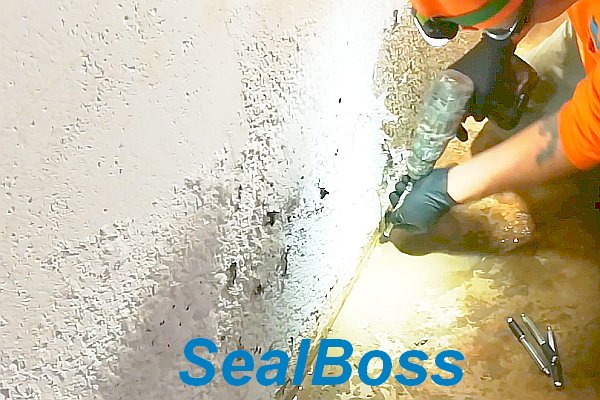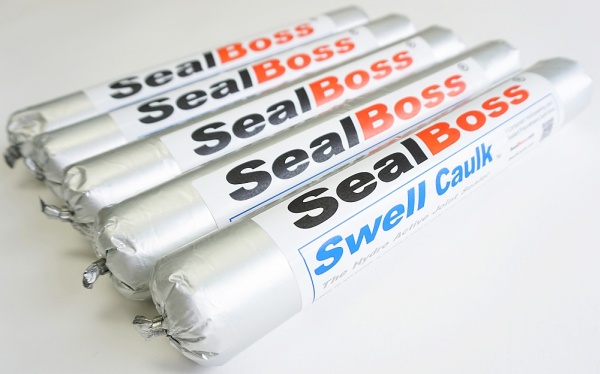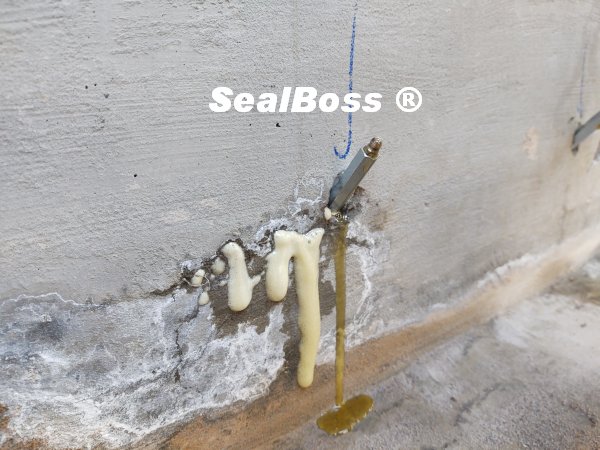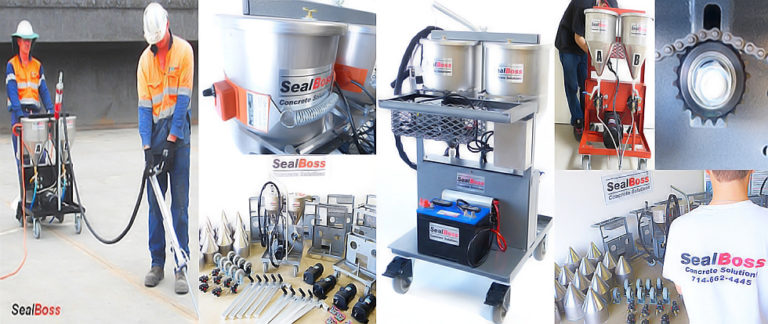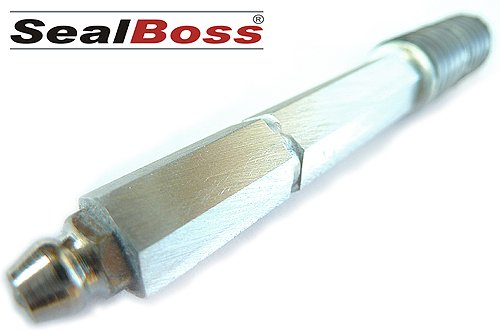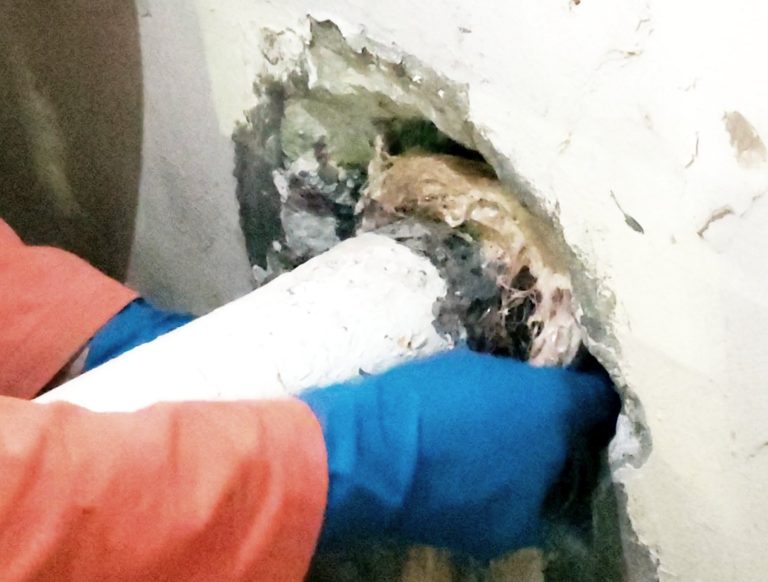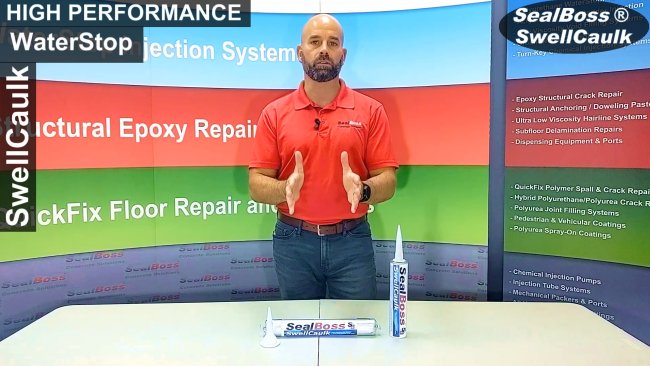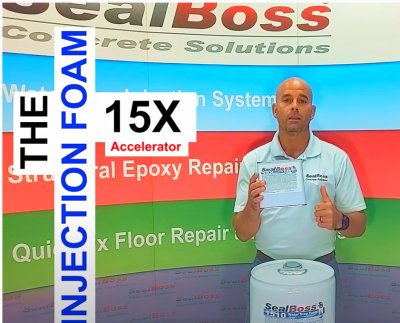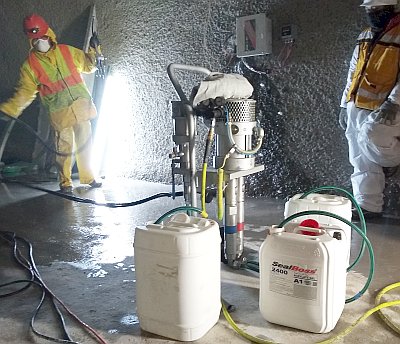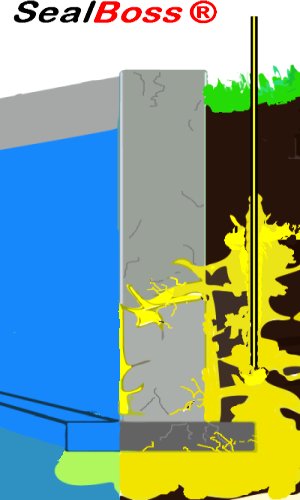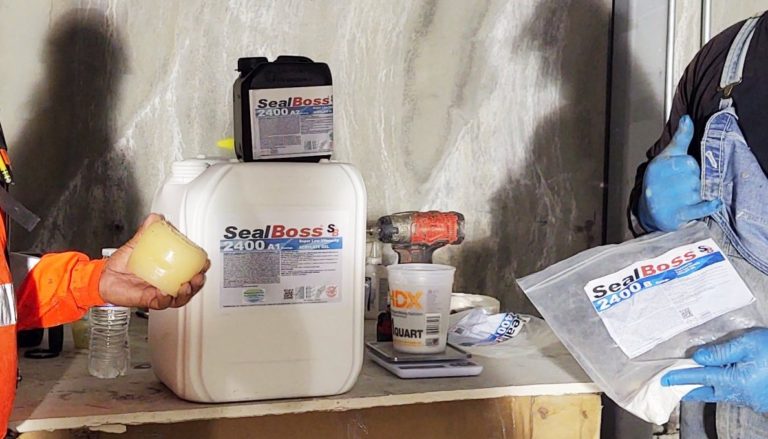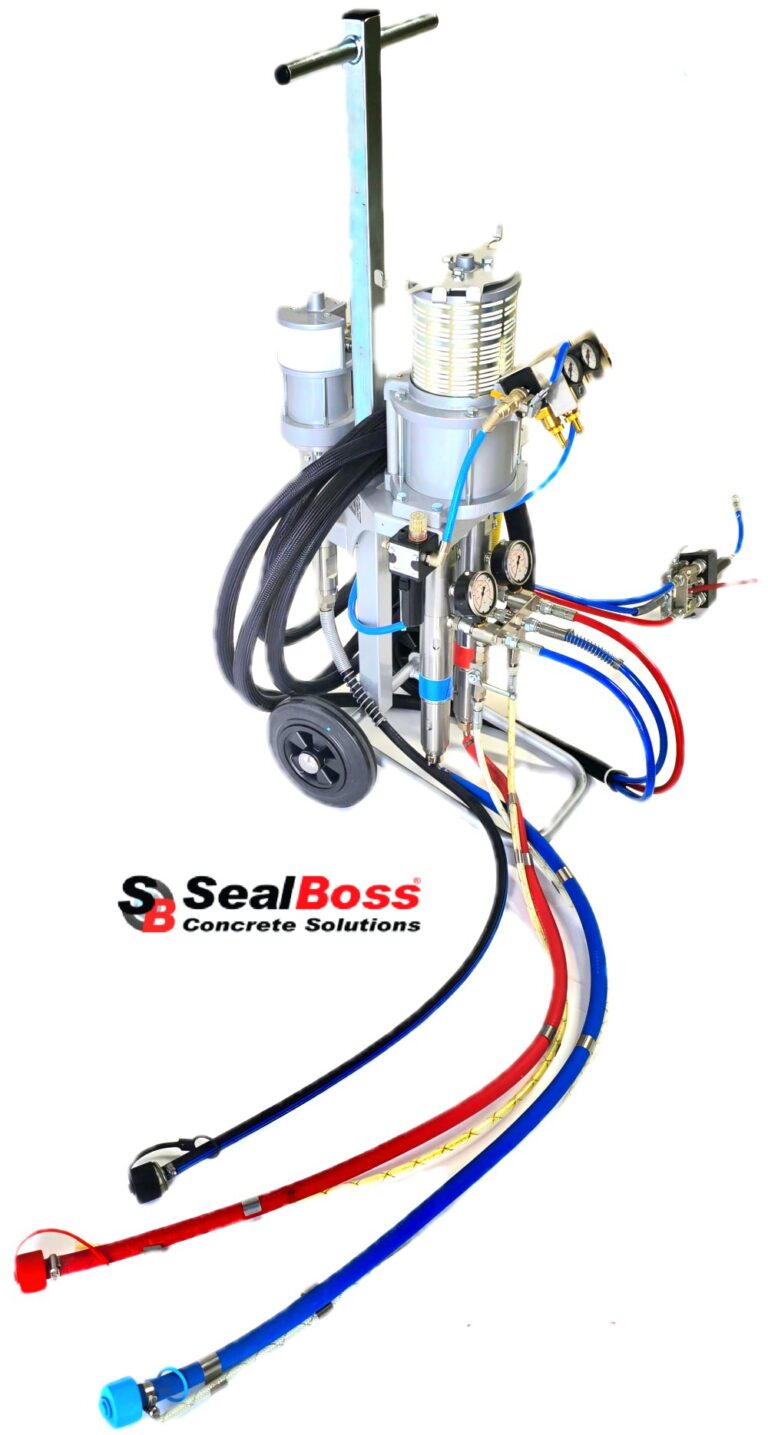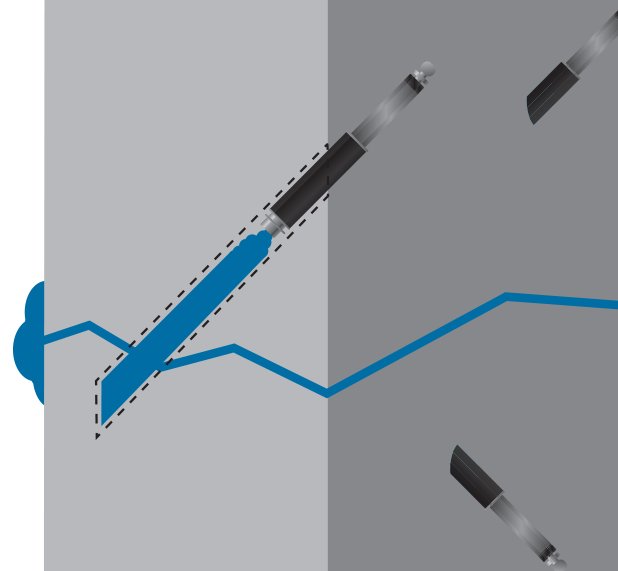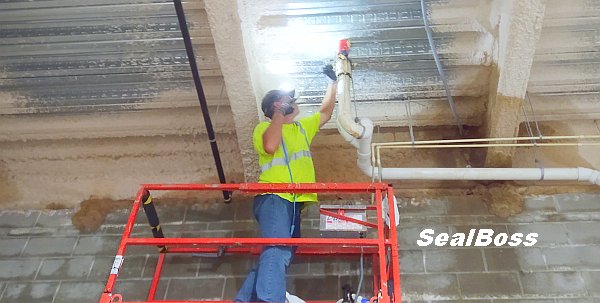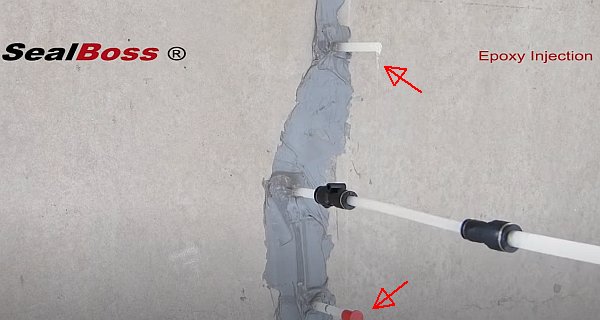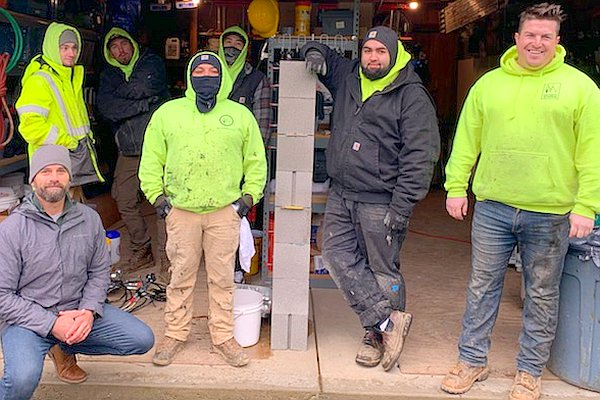Polyurethane Foam Injection
Introduction:
Polyurethane foam injection has become a cornerstone technique in concrete repair and waterproofing, offering unmatched flexibility, durability, and efficiency. This innovative method seals cracks, stabilizes foundations, and protects below-grade structures from water intrusion—all without the need for invasive excavation. In this article, we explore the intricacies of polyurethane foam injection, from its applications and benefits to the step-by-step process and comparison with other repair methods, providing a comprehensive guide for industry professionals seeking reliable and long-lasting solutions.
Polyurethane Foam Injection: The Definitive Guide to Concrete Repair and Waterproofing
Polyurethane foam injection for crack repair and soil treatment has revolutionized the field of concrete repair and waterproofing, offering reliable and long-lasting solutions for a wide range of structural problems. This advanced technique effectively seals cracks, stabilizes foundations, and prevents water intrusion, making it a preferred choice among industry professionals. This comprehensive guide will delve into the key aspects of polyurethane foam crack injection, its applications, benefits, processes, and how it compares to other crack repair methods.
Polyurethane Foam Injection Systems and Applications
1. Understanding Polyurethane Foam Crack Injection and soil Injection Treatments
Polyurethane foam crack injection involves injecting a reactive foam into cracks, voids, or joints in concrete structures. The polyurethane resin expands upon contact with water, forming a flexible, closed-cell foam that seals leaks and prevents water from entering the structure. This method is particularly effective for below-grade waterproofing, foundation crack sealing, and repairing structural cracks caused by settlement, shrinkage, or hydrostatic pressure.
2. Key Applications of Polyurethane Grout Injection
Polyurethane foam injection is versatile and suitable for a variety of applications in both residential and commercial settings:
- Foundation Crack Sealing: Polyurethane injection effectively seals foundation cracks, preventing water infiltration and reinforcing structural integrity. It addresses cracks caused by settlement, shifting, or external water pressure, ensuring a long-lasting repair.
- Basement Waterproofing Injection: This technique is ideal for waterproofing basements by sealing cracks and joints in foundation walls and floors. Polyurethane foam injection creates a watertight barrier, preventing water seepage and protecting the interior from moisture damage.
- Curtain Wall Grouting: Curtain wall grouting involves injecting polyurethane foam behind the structure, creating a water barrier on the positive side. This method is highly effective for large-scale waterproofing projects, such as tunnels, retaining walls, and below-grade structures.
- Bladder Injection Method: In the bladder injection method, foam is injected into voids and gaps behind concrete walls, forming a bladder-like seal that blocks water intrusion. This technique is especially useful in areas with high hydrostatic pressure.
- Slab Lifting and Stabilization: Polyurethane injection is also used to lift and stabilize uneven slabs. Known as slab jacking, the expanding foam fills voids under the concrete, restoring stability and levelness without the need for extensive excavation.
3. Types of Polyurethane Foam for Crack Injection
Polyurethane foams used in crack injection are categorized based on their properties and applications:
- Hydrophobic Polyurethane: Hydrophobic foams repel water and are ideal for sealing large cracks and voids. They expand minimally, providing a dense and durable seal without absorbing moisture.
- Hydrophilic Polyurethane: Hydrophilic foams absorb water and expand significantly upon contact, making them suitable for sealing fine cracks and creating flexible seals in dynamic environments. These foams are particularly useful in curtain wall and bladder injection applications where thorough penetration is required.
4. The Injection Process: Step-by-Step Overview
The polyurethane foam crack injection process is a systematic approach that ensures effective sealing and waterproofing:
- Surface Preparation: The area around the crack is cleaned to remove debris, dust, and loose particles, ensuring optimal adhesion of the foam.
- Crack Evaluation and Drilling: The crack is assessed to determine its size, condition, and water activity. Holes are drilled at regular intervals along the crack to allow for the installation of injection packers.
- Installation of Injection Packers: Packers are inserted into the drilled holes, providing a secure entry point for the foam injection.
- Injection of Polyurethane Foam: Polyurethane resin is injected through the packers under controlled pressure. The foam expands within the crack, filling all voids and creating a watertight seal.
- Curing and Final Inspection: The foam begins to cure immediately, expanding to fill the entire crack. A final inspection ensures that the crack is fully sealed and no voids remain.
5. Advantages of Polyurethane Foam Injection
Polyurethane foam injection offers numerous advantages over traditional crack repair methods, making it a preferred choice for professionals:
- Flexibility and Adaptability: Unlike rigid materials, polyurethane foam remains flexible after curing, allowing it to accommodate minor structural movements without compromising the seal.
- Water Resistance: Polyurethane’s hydrophobic properties ensure that the foam repels water, maintaining its integrity even in wet conditions.
- Minimal Disruption: The injection process can be performed from the inside, avoiding the need for extensive excavation or structural modifications.
- Quick and Efficient: Polyurethane injection is relatively fast, often completed within a few hours, minimizing downtime and disruption.
- Long-Lasting Solution: The foam creates a permanent seal that resists environmental factors, unlike patches or surface applications that often fail over time.
6. Comparative Analysis: Polyurethane vs. Other Crack Repair Methods
Polyurethane foam injection is often compared to other crack repair methods, such as epoxy injection and hydraulic cement patching:
- Epoxy Injection: While epoxy is strong and ideal for structural repairs, it lacks the flexibility needed for dynamic environments. Epoxy also requires dry conditions, limiting its effectiveness in actively leaking or wet cracks. Polyurethane, by contrast, excels in both wet and dynamic conditions.
- Hydraulic Cement Patching: Hydraulic cement requires chiseling out the crack into a vee-notch, which is labor-intensive and often fails over time due to poor adhesion. In contrast, polyurethane fully penetrates the crack and bonds tightly to the surrounding concrete, providing a more reliable and permanent solution.
7. Equipment and Tools for Polyurethane Injection
Successful polyurethane crack injection relies on specialized equipment designed for precise and controlled application:
- Injection Packers: These are installed in drilled holes along the crack and serve as entry points for the foam. Packers can be mechanical or hammer-in types, depending on the pressure requirements of the injection.
- Injection Guns and Pumps: High-pressure pumps deliver the polyurethane resin into the cracks. These pumps can be adjusted based on the size and complexity of the crack, ensuring efficient foam distribution.
- Mixing Systems: Some polyurethane foams require precise mixing of components before injection. Advanced mixing gear maintains correct ratios, enhancing the performance and consistency of the foam.
8. Safety Considerations and Environmental Impact
Handling polyurethane foams requires strict adherence to safety protocols to protect workers and the environment:
- Protective Gear: Operators must wear gloves, goggles, and respirators to minimize exposure to chemicals during the injection process.
- Proper Ventilation: Even though high quality foams do not contain VOC`s or solvents, adequate ventilation is necessary to disperse any fumes generated during the injection, especially in enclosed spaces.
- Eco-Friendly Options: Environmentally friendly polyurethane foams are available, minimizing the impact on the surrounding ecosystem. Responsible disposal of waste materials and adherence to environmental standards contribute to a sustainable injection process.
9. Innovative Uses and Future Developments in Polyurethane Injection
Polyurethane foam injection continues to evolve, finding innovative applications beyond traditional concrete repair:
- Industrial Applications: Polyurethane is used to stabilize machinery pads, fill voids around pipelines, and reinforce infrastructure in industrial settings, demonstrating its versatility.
- Geotechnical Solutions: Polyurethane is ideal for stabilizing soil, filling voids, and preventing erosion around underground utilities, aligning with sustainability goals.
- Ongoing Research: Continuous advancements in polyurethane technology focus on improving performance, reducing curing times, and enhancing environmental sustainability.
10. Cost Analysis and Economic Benefits
Understanding the costs associated with polyurethane injection is essential for making informed decisions:
- Direct Costs: The direct costs of polyurethane injection include materials, labor, and equipment. While these costs can be higher compared to simpler methods like patching, the long-term benefits in most scenarios outweigh the initial investment.
- Low Indirect Costs: Polyurethane injection typically requires minimal service interruptions, reducing indirect costs related to downtime and additional repairs.
11. Addressing Common Challenges and FAQs
Below are common questions and concerns related to polyurethane foam injection:
- Can polyurethane injection be used in all crack types?
While highly versatile, polyurethane is best suited for non-structural and waterproofing applications. For structural repairs, epoxy may still be preferred due to its strength. Read our comprehensive Epoxy vs Polyurethane comparison here. - How does polyurethane perform in extremely wet conditions?
Polyurethane foam excels in wet conditions, particularly hydrophilic variants that react and expand upon water contact, ensuring thorough sealing even in high-moisture environments. - What are the potential downsides?
There are few downsides to polyurethane foam injection. Quality product paired with proven equipment and a professional and experienced contractor is the best foundation for quick and lasting repair. The primary concerns with polyurethane injection are related to proper mixing and injection techniques. Incorrect procedures can lead to incomplete seals or incomplete penetration / expansion, emphasizing the need for skilled application and suitable equipment. - Is polyurethane injection a permanent solution?
Yes, when properly applied, polyurethane injection provides a permanent seal. Its flexible and inert nature allows it to adjust to minor structural movements, as well as temperature related expansion and contraction cycles, preventing future water intrusion.
Conclusion
Polyurethane foam crack injection is a cutting-edge technique that provides durable, flexible, and efficient solutions for concrete crack repair and waterproofing. Its adaptability to various conditions, combined with minimal disruption and long-lasting results, makes it a standout choice for professionals seeking reliable methods to address structural and water infiltration issues. As the industry continues to advance, polyurethane foam injection will remain at the forefront of innovative concrete repair technologies, setting the standard for effective and sustainable building maintenance.
For more information on our products and services contact our expert team today!
Related Links





























